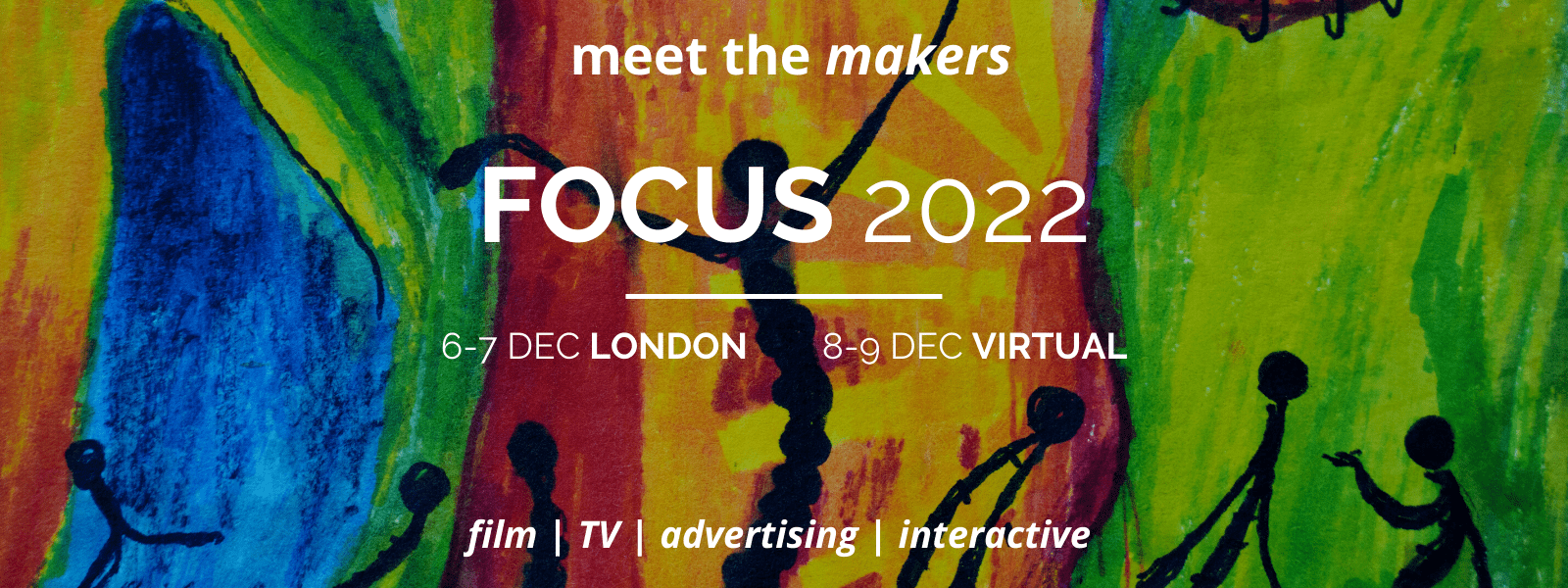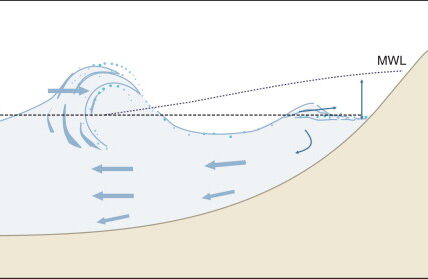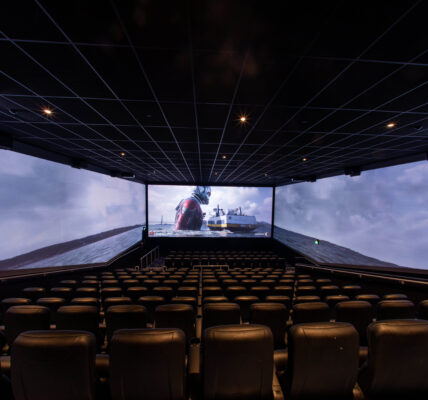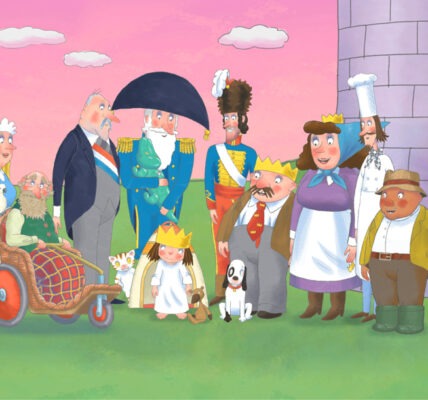From its iconic skyline steeped in history to first-class production facilities and enticing financial incentives, we reveal why London is a premier filming location…
With one of the world’s most recognisable skylines, a plethora of iconic landmarks and historic buildings, myriad green spaces and a thriving artistic community, London has long been top of the locations list for filmmakers as diverse as David Lean, Clint Eastwood and Woody Allen. As a bustling capital city, it also has a dedicated infrastructure to support film crews of all sizes, as well as a variety of financial incentives which also make it extremely attractive from a business sense. With the international film community descending on London for the celebrated film festival in October, what better time to celebrate the city as one of the world’s premier shooting destinations.
Infrastructure and Support
London is an ancient, sprawling city of over 600 squ mi. in total, with a population of around 8m living in its 33 boroughs. But, despite its size, it has one of the most accessible and dedicated filming infrastructures in the world, with various government, local and artistic bodies working together to facilitate and promote filmmaking within its boundaries.
Film London and Screen South Partnership
Film London (www.filmlondon.org.uk), the go-to umbrella resource for any production wishing to shoot in the capital, has recently teamed with Screen South to create a groundbreaking new partnership, which aims to support more domestic and international production in the area. Based in offices in both Central London and Pinewood Studios, they will assist film, TV, commercial and video game shoots in all of London’s local authorities, as well as the neighbouring counties of Berkshire, Buckinghamshire, East Sussex, Hampshire, Isle of Wight, Kent, Middlesex, Oxfordshire, Surrey and West Sussex. In addition, it represents the majority of the country’s largest film studios, including—in the London area—Pinewood, Shepperton, Ealing, 3 Mills and Maidstone. www.screensouth.org
London Filming Partnership
The London Filming Partnership, working in line with the Mayor of London and the London Development Agency, represents a commitment from everyone working within with film and media production in the city. Involved with the LFP are organisations from every conceivable area, including the Metropolitan Police, Skillset, Barbican, the British Museum, London Underground, various London borough councils, London Zoo, Wembley Arena, BBC and BAFTA.
Those organisations that have signed up to the LFP have agreed to abide by its code of practice, which endeavours to make London a more film-friendly location, as well as offering clarification on the statutory obligations that apply to filming in the capital. The body is also dedicated to exploring environmentally-sustainable production with its Green Screen initiative. Launched in 2008, Green Screen consulted extensively with leading production companies, and now offers a practical guide for those productions wishing to diminish their environmental impact, both on location and in the studio. http://filmlondon.org.uk/filming_in_london/london_filming_partnership
Film London Executive Task Force
Chaired by Lord David Puttnam and made up of key industry and public sector stakeholders—including Mark Camley, CEO of Royal Parks, Eric Fellner, co-chair of Working Title Films, and Chris Duffield, town clerk and CEO of City of London Corporation—the Film London Executive Task Force exists to ensure that filming in the city is an efficient and straightforward process, whatever the size of production. It reviews the code of practice annually, making revisions where necessary, overseeing all of the practical elements of shooting in the city from traffic management, permissions and fees and data collection, as well as maximising the economic benefits film production brings to London and its inhabitants.
As Lord Puttnam states on the Film London website: “For the first time, everyone involved in filming in the capital has come together to agree a comprehensive and practical tool which will govern the practice of filming in London. It will be of immense assistance to both experienced professionals and new talent alike, by providing a clear, simple checklist of practical issues that may arise in relation to filming in London. It will also help to ensure that the process of filming does not create difficulties for local residents or businesses.”
London Borough Film Services
As well as the umbrella organisation that oversees filming in the capital, most of London’s individual boroughs have a dedicated team whose job it is to facilitate filming in their particular region. They are the first point of contact for filming on streets, public land and council-owned properties within that borough, and will liaise with relevant council departments on behalf of the production team. They are also able to advise on necessary permissions, fees and charges, or any potential problems with the planned shoot.
As London is such a geographically and culturally diverse city, each of its boroughs offer very different locations for those of its neighbours, as David Fearn, film officer for the London Borough of Newham, explains. “Newham, the main host borough for the 2012 Olympic Games, is a place witnessing massive regeneration and economic development, as London continues to drive east. Newham Film Office is capitalising on this renewed interest in the east and attracts a variety of film productions with its diverse range of locations. From disused secondary schools to riverside marinas, Newham can provide an eclectic mix of locations for all manner of film or photographic requirements.
“Newham is a great place to close roads specifically for film production, and now stands as a best-practice example in London of utilising specific legislation for road closures,” Fearn continues. “As a friendly and flexible service, and with excellent technical knowledge of film production, Newham Film Office is on hand to help bring your location shoot to life. All of our locations are promoted via our library, at www.newhamfilmoffice.co.uk. Also, our online application form expedites the necessary but often unwieldy admin stage of planning shoots, so making the whole process quicker and more efficient.”
Similarly, Nicola Hogan, filming project manager at Greenwich Council, is clear about what her borough can offer as a filming location. “Greenwich offers a diverse range of locations, with its fine maritime and architectural heritage, an amazing river frontage, urban and gritty locations and the largest expanse of parks and open spaces in London. As the first dedicated film office in London (www.greenwich.gov.uk/greenwich/business/filmunit), having been established since 1989, Greenwich Film Unit are well-positioned to not just offer filmmakers an exciting range of locations, but are able to use their knowledge and expertise to guide you through filming in the borough with ease.”
For more information on London borough film services, visit filmlondon.org.uk
Transport for London
As the controller of the majority of the city’s public transport, including the iconic London Underground Network, any production shooting in London will likely come into contact with TFL, whether for filming or transportation purposes. TFL has its own dedicated film office, which offers support and advice as well as issuing shooting permits for both professional and student filming. www.tfl.gov.uk
Network Rail
Similarly, Network Rail—which controls a large number of London’s most famous stations, including Waterloo, Paddington and St Pancras, as well as properties and land—also has a dedicated filming team. www.networkrail.co.uk/filming. MovieScope 17 (May/June 2010) also contains an extensive piece on the filming opportunities offered by Network Rail.
Financial Incentives
Films choosing to shoot on location in London can, if they qualify, take advantage of the wide variety of financial incentives and tax breaks available to those productions filming in the UK. Following the demise of the British Film Council, film-funding responsibilities have been transferred to the British Film Institute (www.bfi.org.uk), headquartered on London’s South Bank, who can provide a wealth of information and advice to any productions shooting in the city.
Films can qualify as British in one of three ways: by meeting the requirements of one of the UK’s official bilateral co-production treaties; the European Convention on Cinematographic Co-Production; or the Cultural Test.
Any films qualifying as British that have a total expenditure of £20m or less can claim payable cash rebate of up to 25 per cent of UK qualifying production expenditure; those with an expenditure of more than £20m can claim a cash rebate of up to 20 per cent.
Any film qualified as British is eligible to claim tax relief if the final product is intended for theatrical release and the total amount spent on qualifying UK production expenditure—defined as any pre-production, principal photography or post-production activities which take place within the UK—is at least 25 per cent of the total spend. Tax relief is available on all UK production expenditure on the lower of either 80 per cent of total core expenditure, or the actual UK core expenditure. There is no cap on the amount which can be claimed, but the film production company must be within the UK corporation tax net. More information can be found at www.bfi.org.uk/about/qualifying
HM Revenue & Customs has set up the Manchester Film Tax Credit Unit, to deal with the corporate tax affairs of companies eligible for tax relief. They can be contacted at RandD.Manchester@hmrc.gsi.gov.uk. Alternatively, the official HMRC guidance to film tax relief can be accessed at www.hmrc.gov.uk/manuals/fpcmanual/index.htm
Locations
Some of London’s locations have become instant visual shorthand for any establishing shot of the city: Big Ben; the Houses of Parliament; St Paul’s Cathedral; the London Eye… Yet the city houses thousands of location opportunities, from the historical to the ultra-modern, and virtually all have a team of experts ready to help with all aspects of production. These include:
ZSL London Zoo
One of the city’s best locations which may not automatically spring to mind as a filming hot spot is its famed zoo. Yet, who can forget the moment where David wakes up naked in a cage in John Landis’ 1981 classic An American Werewolf in London, or the scene in which Harry discovers he can communicate with a snake in Harry Potter and the Philosopher’s Stone. Both were filmed in the zoo, which was opened by the newly-formed Zoological Society of London in 1828 and stands on the northern edge of Regent’s Park. ZSL London Zoo’s film coordinator Rowena Fisher says “ZSL London Zoo is a truly unique filming location, not least because of the wonderful animals we have here. Not only can we work with incredible creatures from around the world, but our unique heritage means that we have stunning historical architecture and distinctive period features on site, such as clock towers, a wrought-iron lift and a beautiful library, all within easy access of a large, unit-based car-park facility.” For more information, visit www.zsl.org
Museums
London’s museums have also thrown open their doors to film crews for decades; the British Museum has played host to everything from Alfred Hitchcock’s thriller Blackmail, which included an exhilarating chase through the exhibits, to more recent fare like The Mummy Returns and Possession. Similarly, the esteemed Victoria and Albert Museum, which was founded in 1852, has been chosen by a wide variety of big and small screen productions both for its stunning backdrop and also its dedicated team, which includes filming and location hire manager Rachel Lloyd. “The V&A offers a unique setting for filming and photo shoots,” says Lloyd, “with impressive galleries, staircases, a period library and rooms and a landscaped garden. The roof space and its domes provide a dramatic skyline. Recent productions include feature films The Oxford Murders and Franklyn, and TV shows Spooks and New Tricks.” For more information on filming at the V&A, visit www.vam.ac.uk
Westway Development Trust
Those looking to film in some of the city’s diverse urban landscapes would do well to contact the Westway Development Trust. Not only do they have a wide range of indoor and outdoor locations, including the iconic Portobello Green Market, parks, walkways, a shopping arcade, workspace units, modern offices, sports centres—including the country’s largest indoor climbing centre—and gritty inner-city environments boasting eye-catching graffiti and architecture from the 1970s and 1980s, but they also own several large car parks which are suitable for use as unit bases throughout the year. www.westway.org
The Farmiloe Building
Completed in 1868, the Victorian architecture of the family-owned Farmiloe Building is a Clerkenwell landmark; once a glass and lead factory, it stood empty for a decade before being opened as a film and TV location in 1999. For the past 12 years, it has played host to productions including Chris Nolan’s Dark Knight, David Cronenberg’s Eastern Promises and Guy Richie’s Sherlock Holmes, who have all taken advantage of the sheer diversity offered by the building’s 42,000 sq. ft. of space over several floors. With its original floors, built to withhold extremely heavy loads, wrought-iron beams and decorative panelling, not to mention its extensive basement, 1930s warehouse block and standalone 2,500 sq. ft. shed, the Farmiloe offers filmmakers a huge scope of opportunity, and is one of London’s true hidden location gems.
Battersea Power Station
Undoubtedly one of London’s most iconic landmarks, its four tall chimneys visible for miles around, Battersea Power Station has been used as a film location for 75 years, ever since Alfred Hitchcock filmed parts of Sabotage there in 1936. More recently, the station’s impressive control room, along with its listed mahogany floor, was seen as if in full operation in The King’s Speech. Indeed, it offers almost limitless opportunities for filmmakers, photographers and event organisers, with 36 acres of land and original interiors including the roofless boiler house flanked by two turbine halls, two period control rooms and three floors of warehouses. For more information about the Farmiloe, Battersea Power Station, or to view Industri’s impressive portfolio of locations, visit www.industri.uk.com
Studios and Production Facilities
London and its surrounding areas are home to some of the world’s best film studios and production facilities, including:
Pinewood Studios Group
The group owns and operates 3 of the region’s largest film studios: Pinewood (Buckinghamshire) Shepperton (Surrey) and Teddington (Richmond, London), all within easy reach of central London. Together, these facilities offer 34 stages, five digital TV studios, five digital presentation studios, audio post facilities, preview theatres, backlots, garden and woodlands, one of Europe’s largest exterior water tanks, a dedicated underwater stage and full production support services. For more information, visit www.pinewoodgroup.com
Wimbledon Film Studios
South West London
The capital’s newest film and television studios boasts 22,000 foot of production space, including three sound stages – one with green screen capabilities – with a fourth planned for late 2011. There’s also 50 free standing sets, including a hospital, exterior street and police station, along with a dedicated on-site media village, workshops, costume stores and post-production facilities. The studio has also invested heavily in stereoscopic 3D equipment. www.wimbledonstudios.com
3 Mills
Bromley-by-Bow, East London
Just 6 miles from the heart of the capital lies 3 Mills Studios, with its 14 stages, 10 rehearsal rooms, 200-plus production offices, prop stores, make-up rooms and workshops. Set on 20 acres of land, the studio has been utilised by productions including Never Let Me Go, Fantastic Mr. Fox and Eastern Promises. www.3mills.com
Twickenham Film Studios, South West London
Established in 1913, Twickenham Film Studios has seen production of some of the UK’s best-loved classic films, including The Italian Job, Help and A Hard Day’s Night. With its three sound stages, 96-cubic-metre tank, post-production centre, prop rooms and workshops, it is still attracting productions like Kick Ass, Sleuth and Love in the Time of Cholera. www.twickenhamstudios.com
Longcross Studio, Chetsey, Surrey
Thirty miles up the M3 motorway from London, Longcross houses 5 stages, 60 offices, workshops and costume stores, and has seen production of large-scale films including John Carter of Mars and Clash of the Titans. www.longcrossstudios.com
Elstree Studios, Hertfordshire
Located just 20 minutes from the centre of London, the independent Elstree studios is synonymous with iconic British film, having played host to the likes of Star Wars, Indiana Jones, Kick Ass, The King’s Speech and the upcoming Sherlock Holmes: A Game of Shadows. The facility comprises of six sound stages—two of which are the tallest stages in the UK—and one silent stage comprising over 60,000 sq. ft. of space. There are also two nine-foot floodable water tanks, and an on-site production village. www.elstreestudios.co.uk
Ealing Studios, West London
One of the capital’s most famous studios, Ealing boasts four stages and a wide range of on-site facilities, including workshops, prop stores, meeting rooms and a new screening room. Productions as diverse as You Will Meet a Talk Dark Stranger, London Boulevard and Dorian Gray have taken advantage of Ealing’s location and expertise. www.ealingstudios.com
Post-Production Spotlight: PIXEL KITCHEN
Pixelkitchen is a new high-end post-production facility located in the heart of Shoreditch, East London. It offers editing facilities for all formats and media (5D/7D, 4K/2K RED native workflow, ALEXA, HDCAM) with particular strength in workflow, post-production planning and digital media assets management. Pixelkitchen offers the complete range of post-production services from DIT, ingestion, transcoding, offline/online editing, VFX, sound mixing (including Dolby E/Digital), grading and finishing and delivery to any tape/tapeless formats, DVD, Blue-ray, up to 4K/2K DCP for broadcast and digital cinema distribution. Pixelkitchen is the ideal post solution for all digital cinema productions, documentaries and corporates looking for one single post-production solution, that are aiming at the highest quality within the constraints of today’s tighter budgets.
Visit www.pixelkitchen.co.uk, call 020 7186 0000 or email hello@pixelkitchen.co.uk











